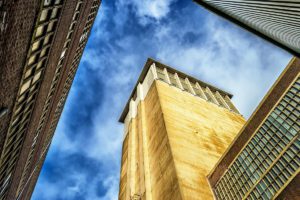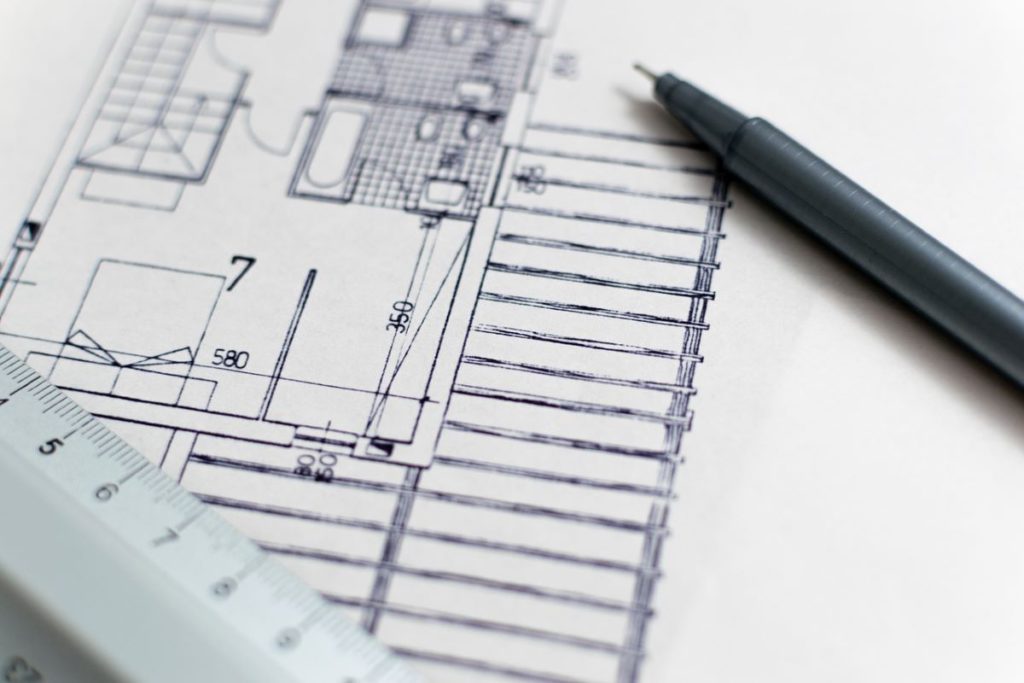Designing a beautiful building is a harmonious blend of art, science, and creativity. Whether it’s a residential home, commercial complex, or public structure, the aesthetic appeal of a building greatly influences its overall impact and functionality. If you’re an architect or aspiring to be one, here are some valuable tips to consider when designing beautiful buildings.
Embrace Contextual Design
A beautiful building seamlessly integrates into its surroundings, taking inspiration from the environment, culture, and history of the area. Consider the context of the site, including neighbouring buildings, landscape, and local architectural styles. By incorporating contextual design elements, such as materials, colours, and forms, you can create a building that harmonises with its surroundings and adds to the visual appeal of the area.
Prioritise Natural Light

Light has a transformative effect on the perception of a space. When designing a building, prioritise natural light as much as possible. Do this by utilising large windows, skylights, and light wells to bring in an abundance of daylight, creating a bright and inviting atmosphere. Natural light not only enhances the visual beauty of the building but also promotes well-being and energy efficiency.
Focus on Proportions and Scale
Proportions and scale play a crucial role in the visual harmony of a building. Pay attention to the relationships between different architectural elements such as windows, doors, and façade details. Maintain a balanced and proportional composition that feels pleasing to the eye. Consider the human scale and ensure that the building relates harmoniously to the people who will inhabit or interact with it.
Create Engaging Facades
The facade is the face of a building and sets the tone for its visual impact. Aim for a facade design that is aesthetically pleasing and captures attention. Experiment with various materials, textures, and patterns to add depth and visual interest. Incorporate elements like vertical gardens, unique fenestration, or artistic installations to create a memorable and captivating facade.
Incorporate Sustainable Design
Integrating sustainable design practices adds to the beauty of a building. Consider using timber cladding and ceilings, which promote eco-friendly construction. These renewable materials not only enhance visual appeal but also reduce carbon footprint. Implement energy-efficient systems and passive design strategies to optimise resource usage. Green spaces like rooftop gardens and vertical landscaping add natural elements and further enhance the building’s aesthetic charm while promoting environmental well-being. A timber ceiling can also add to the aesthetics. By embracing sustainable design principles, you can create visually stunning buildings that symbolise eco-consciousness and architectural excellence.
Utilise Thoughtful Landscaping
The exterior landscaping of a building can significantly contribute to its beauty. Create a cohesive relationship between the building and the surrounding landscape. Incorporate carefully designed gardens, pathways, and outdoor spaces that complement the architectural style and enhance the overall visual experience. Thoughtful landscaping can soften the building’s edges, create visual focal points, and provide a sense of tranquillity and harmony.
Harmonise Interior and Exterior
The beauty of a building should extend from the exterior to the interior. Establish a seamless connection between the two by incorporating design elements that complement each other. Create a sense of continuity through material choices, colour palettes, and design motifs. By harmonising the interior and exterior, you can create a cohesive and visually striking building that offers a delightful experience for its occupants and visitors.
Pay Attention to the Details
Beauty lies in the details. Give meticulous attention to architectural details, both big and small. From ornamental mouldings to custom-designed fixtures, every element contributes to the overall aesthetic appeal of the building. Thoughtfully designed details not only enhance the visual richness but also showcase the craftsmanship and attention to quality, elevating the building’s beauty.
Strive for Timelessness
While design trends come and go, a truly beautiful building stands the test of time. Aim for a timeless design that transcends temporary fads. Seek inspiration from architectural classics that have endured through generations and analyse the design principles that have made them timeless. Focus on clean lines, balanced proportions, and enduring materials. Avoid excessive ornamentation that may become dated quickly. By striving for timelessness, you ensure that your building will continue to be appreciated for its beauty for years to come.
Seek Feedback and Collaborate
Designing a beautiful building is a collaborative process. Seek feedback from clients, colleagues, and potential users of the building. Engage in constructive discussions and embrace diverse perspectives. Collaborate with engineers, landscape architects, and other experts to create a holistic design that maximises the beauty and functionality of the building. By incorporating different viewpoints and expertise, you can achieve a more refined and visually pleasing design.
Continuously Learn and Evolve
The field of architecture is constantly evolving, and so should your approach to designing beautiful buildings. Try to learn more about the latest trends, materials, and technologies to keep up with them. Attend workshops, conferences, and exhibitions to expand your knowledge and gain inspiration. By continuously learning and evolving, you can infuse fresh ideas into your designs and create buildings that reflect contemporary aesthetics while retaining their timeless beauty.
Always remember – designing a beautiful building requires a combination of artistic sensibility, technical expertise, and a deep understanding of the surrounding context. Keep these things in mind to create buildings that inspire, captivate, and stand as enduring testaments to the power of design and beauty.
